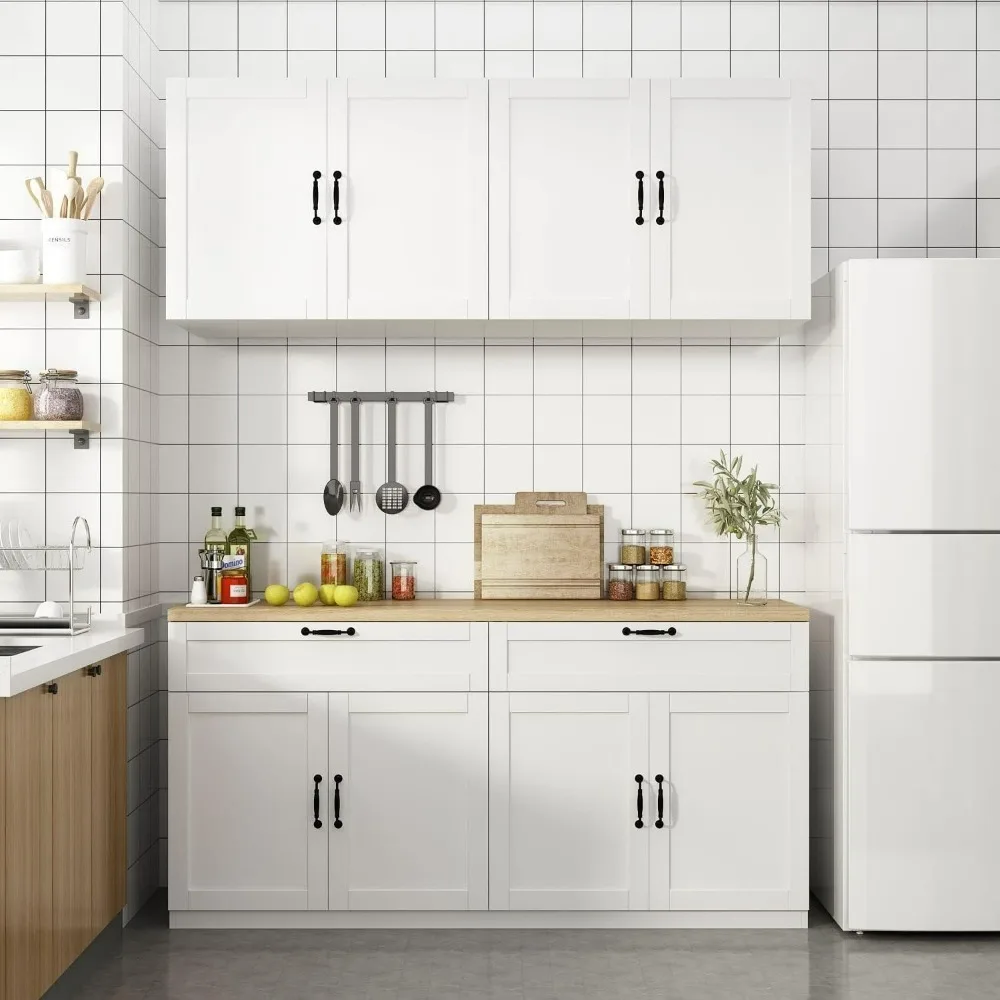Using the right kitchen knife angle is crucial for achieving precision cuts that enhance your cooking experience. Whether you are a professional chef or a home cook, understanding the science behind cutting angles can significantly improve your culinary skills. This article dives deep into the topic of kitchen knife angles and offers practical tips and techniques to help you master precision cutting in your kitchen.
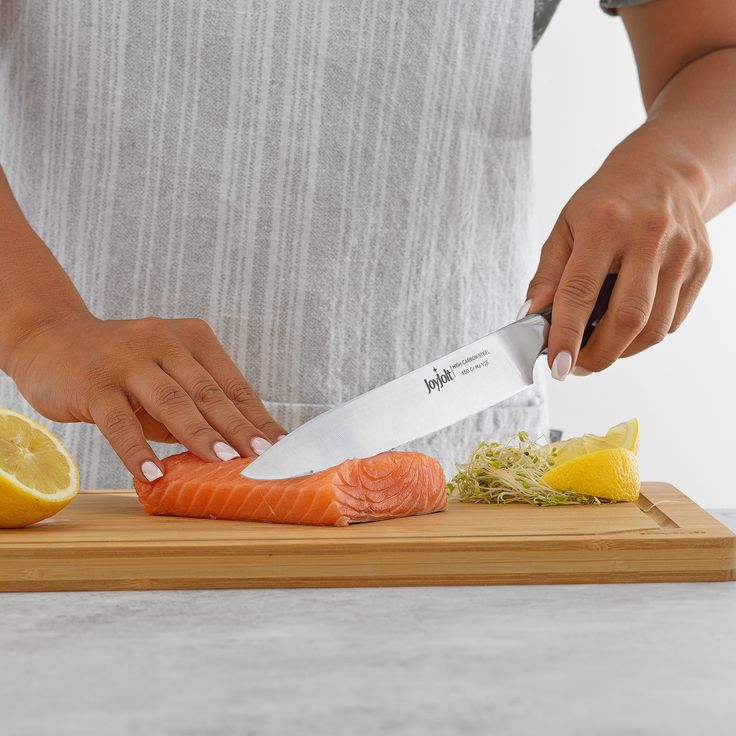
Understanding Knife Angles: The Basics
Before we delve into how to achieve precision cuts, let’s explore what kitchen knife angle are and why they matter. The angle at which a knife edge is sharpened greatly influences its cutting ability. Generally, most kitchen knives have a bevel that ranges from 15 to 20 degrees per side, creating a V-shape that enables smooth slicing through various ingredients. A sharper angle, typically around 15 degrees, results in a finer edge perfect for delicate tasks such as slicing fish or fine vegetables. However, a wider angle, usually around 20 degrees, provides a sturdier edge, ideal for heavier tasks like chopping root vegetables or cutting through thick meats.
Understanding this distinction is vital for selecting the right tool for each task. When the angle is optimized for the specific cutting job at hand, you can achieve cleaner cuts, better texture, and enhanced flavor extraction from your ingredients. Having a solid understanding of kitchen knife angles lays the groundwork for you to elevate your culinary prowess and ensure consistent results every time you cook.
The Importance of Angle in Precision Cutting
Precision in cooking stems from consistency, which largely depends on how uniformly you can cut your ingredients. The angle of your knife significantly affects your ability to achieve this consistency. For instance, if you apply an improper angle while slicing, you can create uneven cuts, leading to inconsistent cooking times. Vegetables cut in uniform size cook at the same rate, which is essential when timing is critical for dishes like stir-fries or ratatouille.
Additionally, the angle can change based on the ingredient you are working with. Softer items like tomatoes or avocados require a different approach than harder items such as carrots or bell peppers. Changing the angle of your cut can also affect the exposure of the food to cooking elements, like heat or seasoning, thereby impacting the dish’s overall flavor and texture. Understanding how to adjust your kitchen knife angle based on what you’re slicing allows you to maintain high standards in your kitchen and enhances your ability to experiment with recipes and techniques effectively.
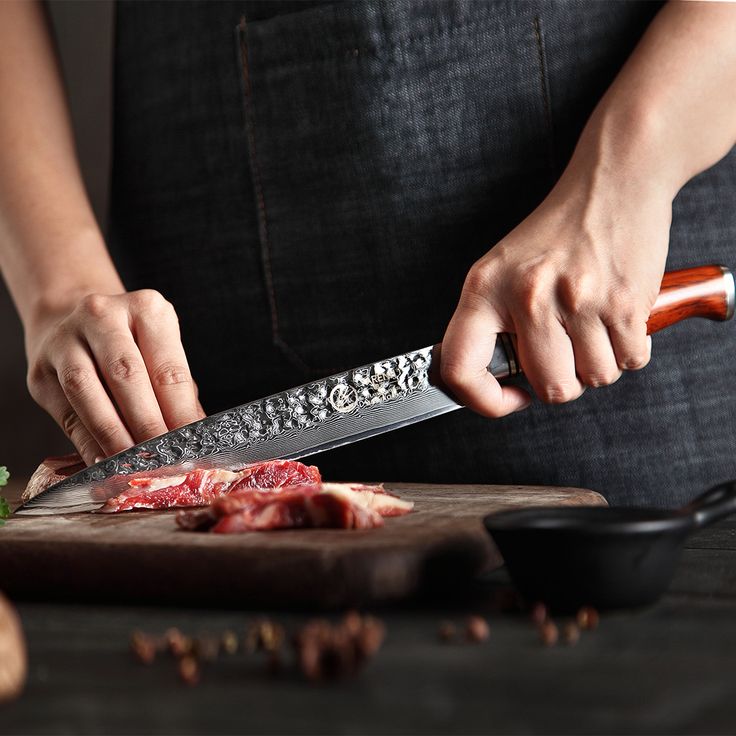
Selecting the Right Knife for Your Needs
Choosing the right knife is essential for executing precise cuts. Not all knives suit every task, and the selection process greatly influences your results. Chef’s knives, paring knives, utility knives, and serrated knives each serve unique purposes and have different angles. A chef’s knife, typically ranging from 15 to 20 degrees, is versatile and can handle many chopping tasks, while a paring knife, with its finer angle, allows for more delicate work like peeling and detailed cutting.
When selecting a knife, consider the type of food you often prepare. For example, if you frequently slice meats, a knife with a wider angle will perform better and withstand the demands of tougher jobs. On the other hand, for finer cuts, especially in pastry or garnishing, a more refined angle is essential. Investing in high-quality knives designed for specific tasks enables you to make swift and clean cuts, enhancing not just your efficiency but also the enjoyment of your culinary activities. Be sure to hold the knife comfortably, ensuring it feels balanced and suitable for the angle you plan to adopt.
Mastering the Grip: Hold for Precision
A proper grip is vital to achieving precision cuts. How you hold your kitchen knife affects your control and the angle at which you cut. The most common grip involves wrapping your index finger around the blade’s spine while your other fingers hold the handle. This grip offers increased control and stability, allowing you to adjust the kitchen knife angle effortlessly as you cut through ingredients.
Another grip involves the pinch grip, where you pinch the blade just above the handle with your thumb and index finger. This grip not only provides the same level of control but also allows for better maneuverability, particularly for finer work. As you practice, focus on how your grip affects your cutting angle. Slight adjustments in grip can lead to better control of your blade, giving you the confidence to maintain the proper angle for each cut. Experiment with different grip techniques to find what feels most comfortable and effective for you, as every cook has a unique style.
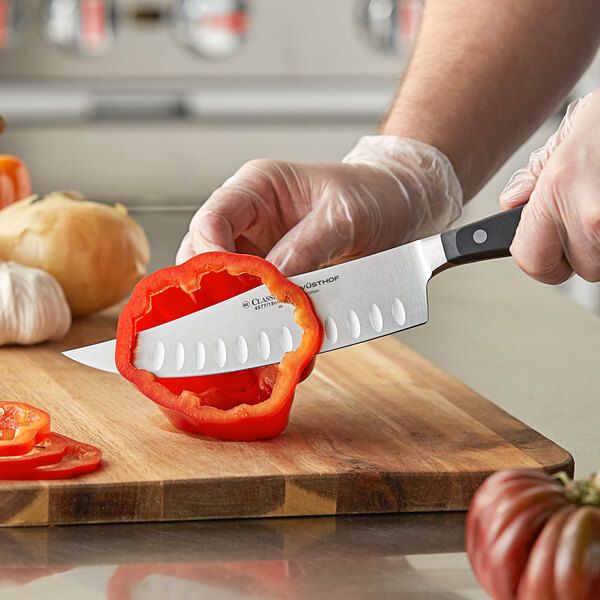
Techniques for Maintaining the Correct Angle
Maintaining the perfect kitchen knife angle while cutting can be challenging, particularly for novice cooks. Implementing techniques that build muscle memory will aid in achieving the required angle consistently. One such technique involves using a cutting board that includes guidelines or angle markers. These visual cues help you maintain the appropriate angle while cutting vegetables or meats.
Another practical approach is to focus on the slicing motion itself. Always start with a little pressure at the tip of the knife and glide it through the ingredient while maintaining the angle. A rocking motion is effective with chef’s knives. Keep the tip on the cutting board while the heel moves up and down for smooth, fluid cuts. As you practice, pay attention to the outcome of each cut. Over time, you will develop a sense of the proper angle and feel more confident in your slicing techniques.
Sharpening Your Knife for Optimal Angles
The ability to maintain the correct kitchen knife angle relies heavily on how well you sharpen your knife. A sharp knife holds its cutting angle better and requires less force for slicing. Regular honing keeps the edge aligned and extends its lifespan, while sharpening is essential for restoring a dull knife to its optimal cutting state.
Invest in a good quality sharpening stone or a professional knife sharpener that allows you to set the desired angle. For instance, if you choose a 20-degree angle for your chef’s knife, practicing on a sharpening stone with a guide can improve your technique. When sharpening, ensure you maintain consistent pressure and angle throughout the process. If you’re unsure about your sharpening skills, consider attending a workshop or consulting with professionals who can provide tips on maintaining the perfect angle.
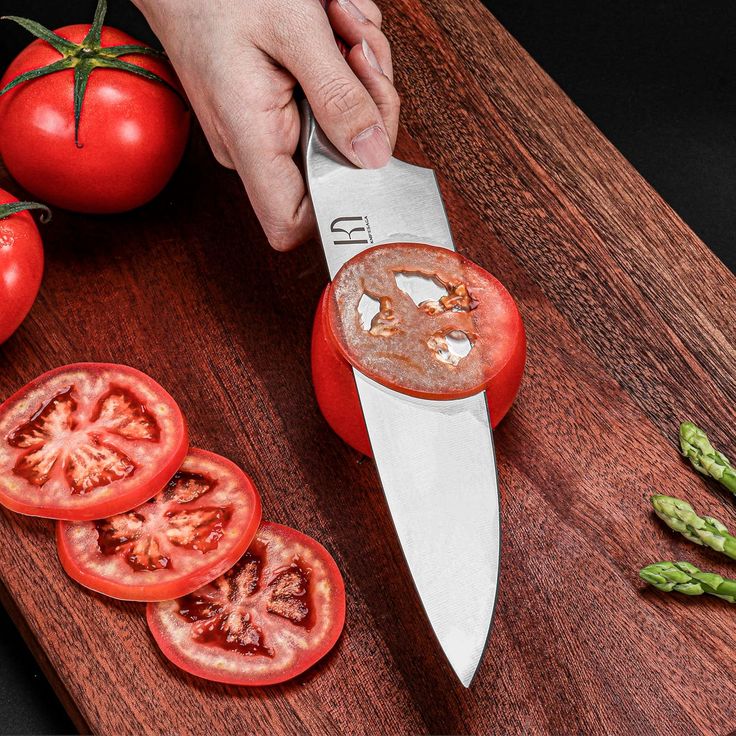
Practicing with Different Ingredients
Practice is key to mastering the art of precision cutting with the right kitchen knife angle. Start experimenting with various ingredients to build your confidence and adaptability. Begin with softer ingredients such as cucumbers or mushrooms, where achieving a precise cut is relatively easy. Notice how slight adjustments in angle impact your cutting speed and the quality of the cut.
As you progress, move on to more challenging items like carrots or squash. This will require you to adapt your kitchen knife angle and grip to ensure you’re achieving clean, uniform cuts. Additionally, practicing with proteins like chicken and fish can enhance your knife skills. These ingredients require careful technique to avoid tearing. After each practice session, reflect on your cutting technique. Analyze what worked well and what can improve for continuous growth.
The Benefits of Precision Cutting in Cooking
Striving for precision in your cuts brings numerous benefits to any dish you prepare. First, precision translates to uniformity, which helps with even cooking times. Dishes that cook evenly will yield better results, enhancing flavor and texture. For instance, in a stir-fry, uniformly sized vegetables will absorb sauces, heat, and flavors uniformly, resulting in a more harmonious dish.
Moreover, precision cutting elevates your presentation. Dishes that feature neatly cut vegetables or protein look more professional and appealing. As cooking often embodies artistry, mastering kitchen knife angles allows you to express creativity and attention to detail. Furthermore, the appeal of well-prepared meals can enhance your dining experience, making meals feel more special and enjoyable. Lastly, practicing precision cutting sharpens your skills, making you a more competent and confident cook. With your knife skills on point, you will feel empowered to try new recipes and techniques, pushing your culinary boundaries.
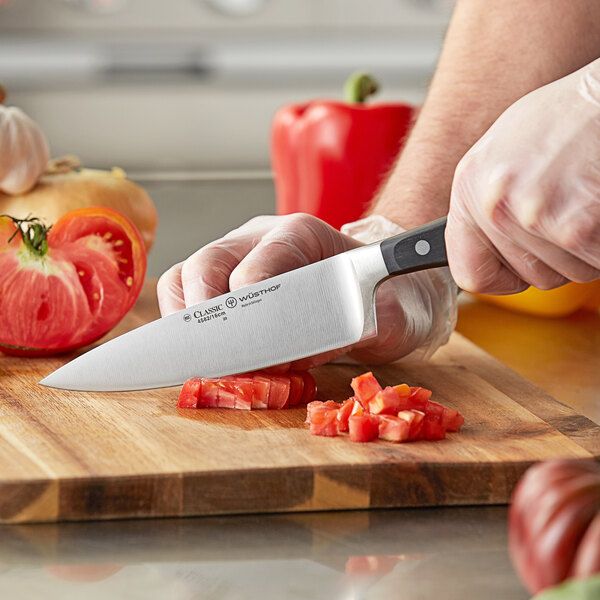
Conclusion: Elevate Your Culinary Skills Through Knife Angles
Mastering kitchen knife angle unlock a world of precision cutting that can significantly enhance your cooking experience. Understanding how angles impact your knife work is essential. Selecting the right tools and grip techniques enhances your cutting skills. Regular practice with various ingredients will strengthen your abilities. This approach builds confidence and helps you excel in the kitchen.
As you continue your culinary journey, remember that precision cuts lay the foundation for delicious, beautifully presented meals. The next time you pick up a knife, consider not just what you are cutting but the angle that will deliver the best results. Embrace this art, and you will see your confidence and proficiency in the kitchen increase. Ultimately, the journey toward culinary mastery begins with a single precise cut, so grab your knife and start creating!
